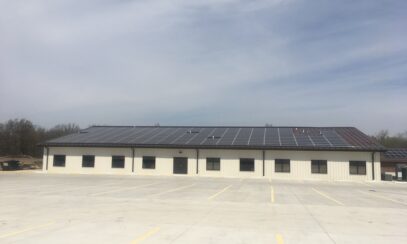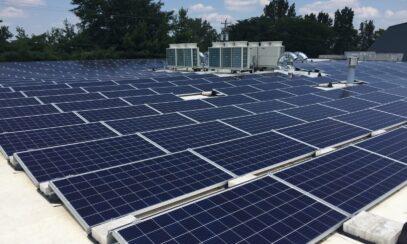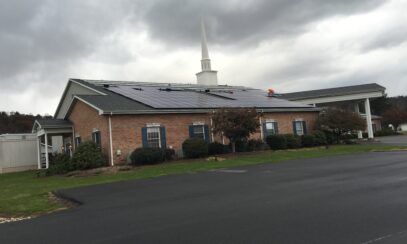Organization Summary
About
First Congregational Church of Elgin is a community of followers of Jesus Christ who are open and affirming of all people. We believe that God’s love embraces all people, no matter what sexual orientation, gender identity, gender expression, age, race, ethnicity or socioeconomic status they may have. However the rest of the world describes you, and however you describe yourself: you are welcome at FCC-E.
As Elgin’s first church, established in 1836, we are committed to staying in downtown Elgin and continuing the ministry we began so long ago. But we are not bound to the past. In these days of rapid change within the culture, and within the church, we are rooted in tradition while sailing into the future. Plus, we do not believe we have all the answers. We do believe we are called to follow Jesus and explore the pilgrimage given to us.
So whether you are a spiritual seeker just beginning your walk toward God, or a committed believer continuing your walk with Christ, “you are welcome here, no matter who you are.”
History
Church records show that First Congregational Church got its start in the log cabin of its founder, James T. Gifford. It’s a landmark that existed only three blocks from the current church structure. The church’s present building – its third- was constructed at the corners of Chicago and Center Streets in 1889 at a cost of $35,000. Constructed with red pressed brick and brownstone trim, the interior was laid out as a “church in the round,” or the “Akron” style popular at the time. The sanctuary included an organ with over 250 pipes – an instrument that still ranks as one of the largest in the Fox Valley. The large seating capacity of First Congregational Church soon made it a community auditorium on par with the current Hemmens Cultural Center.
Jane Addams, Booker T. Washington, and John Dewey were among the notables who spoke in the building. The sanctuary also served as the sight of high school graduations and other community functions. Post World War II growth led to the demolition of the eastern portion of the building and the construction of an education wing in its place. The new facility also included a chapel, a new office, and fellowship hall.
Following a million dollar fund raising effort during 2008-2009, the exterior of the education wing was redone to match the architecture of the existing original church. New washrooms were added and classroom configurations changed. But more than bricks and mortar mark the vibrancy of this congregation. It has been active in the city’s food pantry, Soup Kettle, Public Action to Deliver Shelter (PADS), and was instrumental in securing a new building for the Community Crisis Center.
While some of its neighboring congregations have relocated outside the downtown area, First Congregational sees its mission fulfilled by remaining in its historic building and neighborhood.




